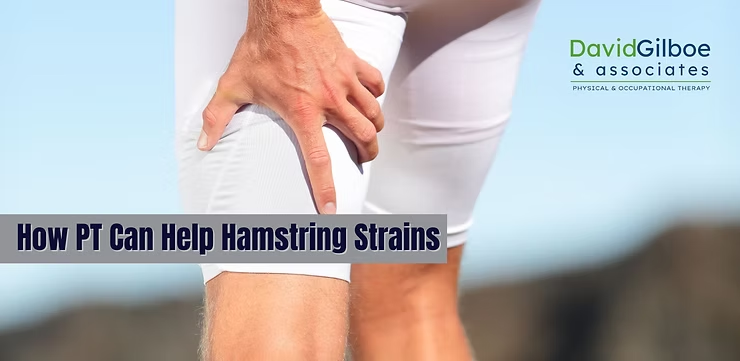ATTENTION SKIERS! Get On the Slopes & Stay On the Slopes
- David Gilboe

- Jun 13
- 3 min read
Updated: Jun 16

We are now in the heart of ski season and have patients coming in with ski injuries. As we help these patients heal their injuries, we can see how important it is to share information on how ski injuries can be prevented.
Years of experience has shown us that physical therapy exercises lend great benefit to skiers combined with some basic knowledge of the most common injuries and how they can be prevented.
PHYSICAL THERAPY EXERCISES FOR SKIERS
When we are working with skiers to avoid injuries, we place great focus on helping a skier learn proper form. Being able to shift weight forward, keep legs parallel and allow equal flexion between the ankles, knees and hips is very important.
Next, having a strong core is critical and strengthening exercises can make all the difference in a skier’s good health. A strong core helps with posture and there is a reduction in injuries when turning or twisting. Planks (traditional and side) help strengthen the abdominal muscles.
Having strong legs creates strong knees. Squats, lunges and the use of circuit training machines builds up leg muscles and reduces the risk of knee injuries (like those described below).
Skiers with great upper body strength have better control of their poles. Using weights and or a medicine ball combined with tricep dips, give skiers significant advantages in performance and injury prevention.
INJURIES TO THE KNEES
The most common ski injuries are knee sprains that occur when a ligament around the knee joint is torn or has stretched too far. The two most common knee injuries are MCL (Medial Collateral Ligament) Tears and ACL (Anterior Collateral Ligament) Tears.
MCL Tears involve the tissue that connects the thigh and lower leg. Because these tears occur most frequently when a skier tries to slow down or stop suddenly, skiers can often prevent this injury by learning how to properly balance their weight when they are slowing or turning.
ACL Tears involve the tissue that connects the thighbone to the shinbone. Since this tissue helps to stabilize the knee joint, it can be injured when a skier stops suddenly, changes direction abruptly or lands a jump on a slope awkwardly. When skiers learn how to balance properly and shift their weight forward, they can avoid putting too much weight on the back of their foot and too much pressure on the calves (avoiding an ACL Tear).
INJURIES TO THE WRIST
Broken wrists happen most frequently when a skier falls with an outstretched hand. When they land, the excess pressure on the wrist bones can fracture. Learning how to move the body during a fall combined with wearing a wrist brace can help skiers prevent wrist injuries.
OTHER WAYS TO PREVENT INJURY
While there are several other types of injuries that can occur while skiing (foot and ankle sprains, back injuries, shoulder dislocations) there are many additional methods that can be used for injury prevention. This can include wearing a helmet, having gear that is properly fitted, using a knee brace, shoulder supports and stabilizers, are all examples to discuss with your Physical Therapist or Hand Therapist.
GET ON THE SLOPES, STAY ON THE SLOPES
While we are dedicated to helping skiers with injuries, rehabilitate and get back on the slopes, remember that physical therapy isn’t just for those with injuries. Because we understand body mechanics extremely well, we are also adept at helping you prepare for this demanding but seriously fun physical activity.
With a little smart prep, you can get on the slopes and stay on the slopes, all season long!




Comments